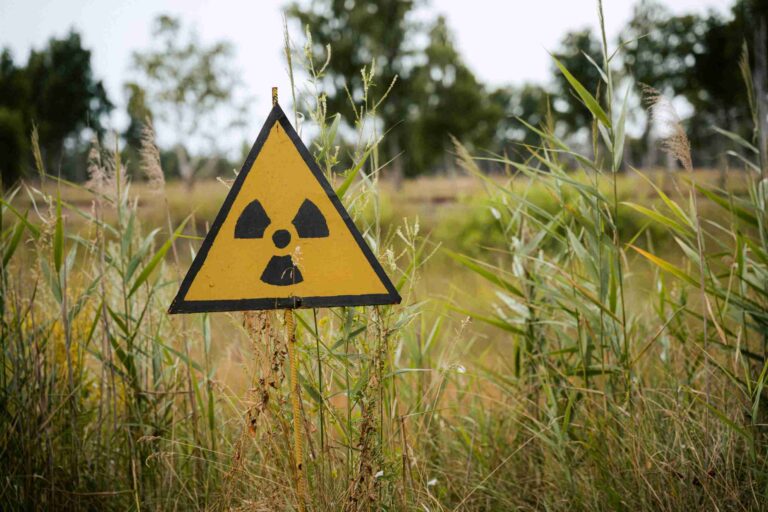When nuclear power plants are mentioned, it is often heard that “no one knows how to handle the radioactive waste they produce.” In reality this is largely untrue.
On the other hand, it is true that what comes out of a nuclear reactor certainly cannot be thrown in the garbage with the wet waste.
In this article we will try to clarify, going to see not only what they are and how much of them we produce. But also how their storage works.
Table of Contents
The difference between nuclear waste and radioactive waste
Radioactive waste is solid or liquid material contaminated with radioactive substances. It should be clarified that nuclear waste does not coincide with all radioactive waste. In fact, the latter is produced not only by nuclear plants but also by medicine, some industries, and some research centers.
Radioactive waste is classified in various ways, depending on its lifetime and the energy it emits:
- low-level waste, for example, requires to be stored separately only for a limited period of time (a few years or decades). Then it has become almost completely inert and can be disposed of as ordinary waste;
- intermediate-level radioactive wastes have higher activities, so they must also be shielded during their transport. Some have very short half-lives, others may require even a few centuries of safe storage. Both low-level and intermediate-level wastes are routinely produced even by those countries that do not use nuclear power;
- high-level waste is that with activity levels such that, in addition to shielding, cooling is required, at least in the initial stages. These are materials produced exclusively by nuclear power plants, and are what we usually refer to as “waste.” They are difficult to manage because they contain several transuranic elements, characterized by very long half-lives (even tens of thousands of years) and predominantly alpha emissions. This means that even if the activity is low (in Bq) the energy emitted is still very high (in Gy).
Does no one know how to solve the problem of radioactive waste?
If for low-level and intermediate-level radioactive waste, temporary storage is more than sufficient. For proper nuclear waste however, the problem arises of very long-term management. Even for hundreds of thousands of years.
Philosophically, the idea of bequeathing hazardous waste to the planet for such a long time can understandably turn one’s nose up at it. But scientifically speaking, the solution actually exists. It is simply a matter of finding geologically stable and isolated places and burying this millennia-old garbage there.
This sounds like an impossible feat, but in fact it is not. The time-scales of the lithosphere are in fact quite long. So much so that geological changes occur on scales of millions, when not tens of millions of years.
This is an approach that we actually already follow with a great deal of other kinds of waste. Radioactive waste is in fact no more dangerous than a great deal of untreatable toxic waste that is produced in various industrial-type activities. And that we now bury in safe places, where it will remain forever.
Read also: Energetic innovation, what is nuclear fusion and what the historic US announcement means
Storage: some say “not a solution!”
To those unfamiliar with what is the back-end of the goods we use as a species (including energy), the solution of such long-term storage can easily seem like “hiding the problem.”
When we think of a “solved” problem, in fact, we are not thinking of something set aside. We are thinking of something that is no longer there. In fact, the confinement approach is the one we follow with almost all the waste we produce. We put it in landfills more or less isolated from the environment. And, wait for natural processes to take their course, which in some cases can take a very long time.
Recently, however, as a species we have developed the concept of a “circular economy“. Whereby instead of waiting for nature’s time-scales, we ourselves are the ones who put the materials we get rid of back into our production processes.
This concept is also applicable to nuclear waste. Most of the transuranic elements we mentioned earlier are in fact either fissile (so they can be broken for energy) or fertile (they can be transmuted into fissile elements by neutron bombardment).
So at least the long half-life component of nuclear waste is completely recyclable. Today, however, this route is still little practiced. This is likely to change in the future as more and more countries invest in fourth-generation reactors.
Moreover, the cost problem of the circular economy cuts across energy sources. Even solar panels, for example, could be 99 percent recycled. But this is hardly done anywhere at the moment because it costs too much.
Read also: From carbon capture, to nuclear, to hydrogen: 10 ways to net zero emissions












